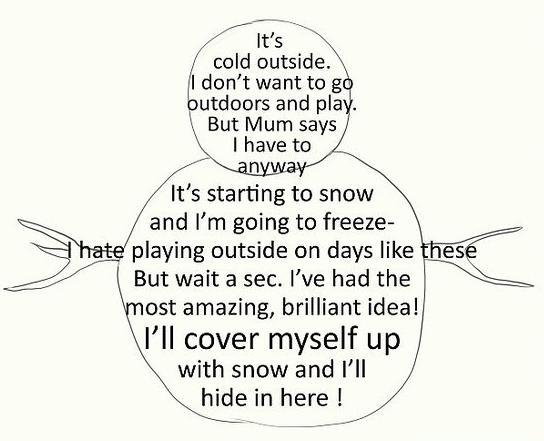Tasks: Advice for the Living by Lemn Sissay
The word 'dead' is often used in English together with other words to create useful expressions and idioms. Often, the word is also used as an intensifier instead of the word 'very'. In this poem, different words related to death and dying appear altogether thirty times throughout the poem.
Go through the expressions in the expandable box together with a partner. What do the expressions mean?
Then go back and read the poem again. Does it make more sense?
What is the effect of the shape of the poem in combination with the wording?
Comment on the title. Why is it called 'Advice for the Living'?
Read the first part of the poem until the line 'Dead right dead lost dead right'. How does he describe the tempo and the activities of people in the first part of the poem?
Read the rest of the poem from 'Every now and again'. How does the focus change? What is his message in the second part of the poem?
How many times are words related to life and living mentioned in the poem? Where? What effect does that create?
The poem is called 'Advice for the Living'. Does the poem offer advice?
A euphemism is a polite expression used in place of words or phrases that might otherwise be considered harsh or unpleasant.
Few words have more euphemisms than words related to dying and death. Some of them are quite neutral, like 'pass away' and 'resting', while others are more colourful and even funny.
Why do you think there are so many euphemisms describing the end of a life?
Go through the list of euphemisms in the expandable box. Classify the euphemisms as:
neutral
very formal or religious
very informal.
Choose one of the tasks.
Have you ever received a piece of advice that has helped you and that you would like to share with others? Write a text where you share your wisdom and explain how your piece of advice helped yourself and how it can help others.
Write a humorous essay called 'Very Bad Advice'.
Write an autobiographical text with the title 'What I Wish My Grandmother Had Told Me'.
'Advice for the Living' is an example of shape poetry, also called pattern poetry or concrete poetry.
You are now going to write your own shape poetry.

Start by reading examples of shape poetry for inspiration. You will find many good examples on the internet if you google 'shape poetry' or 'pattern poetry'.
Ask yourself: How does the author use the shape of the poem to underscore the meaning of the poem? How does the text and the shape interact in the poem?Decide what your poem will be about. Find inspiration from nature, in something you like doing, or something you are particularly interested in.
Once you have selected the subject of your poem, you should think about what shape best represents the subject. Keep in mind that you will need to fit the text of the poem in the shape. Pick shapes that are recognisable, like a heart, a balloon, a butterfly, or a snowman. Outline the form of your poem. Sketch it out on a sheet of paper so you know how much space you have available.
Make a list of keywords and terms about the subject that you are writing about. Then write your poem. Use evocative imagery and language that speaks to your readers’ senses. The poetry itself can be free verse or blank verse, or, if you’re feeling extra creative, you can try rhyming your stanzas.
Relatert innhold
In 'Advice for the Living' the poet plays around with the word 'dead' and other related words.